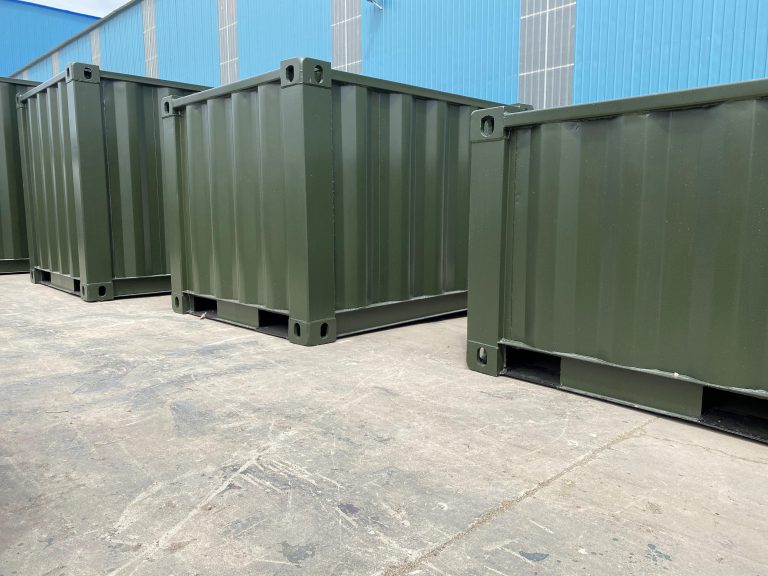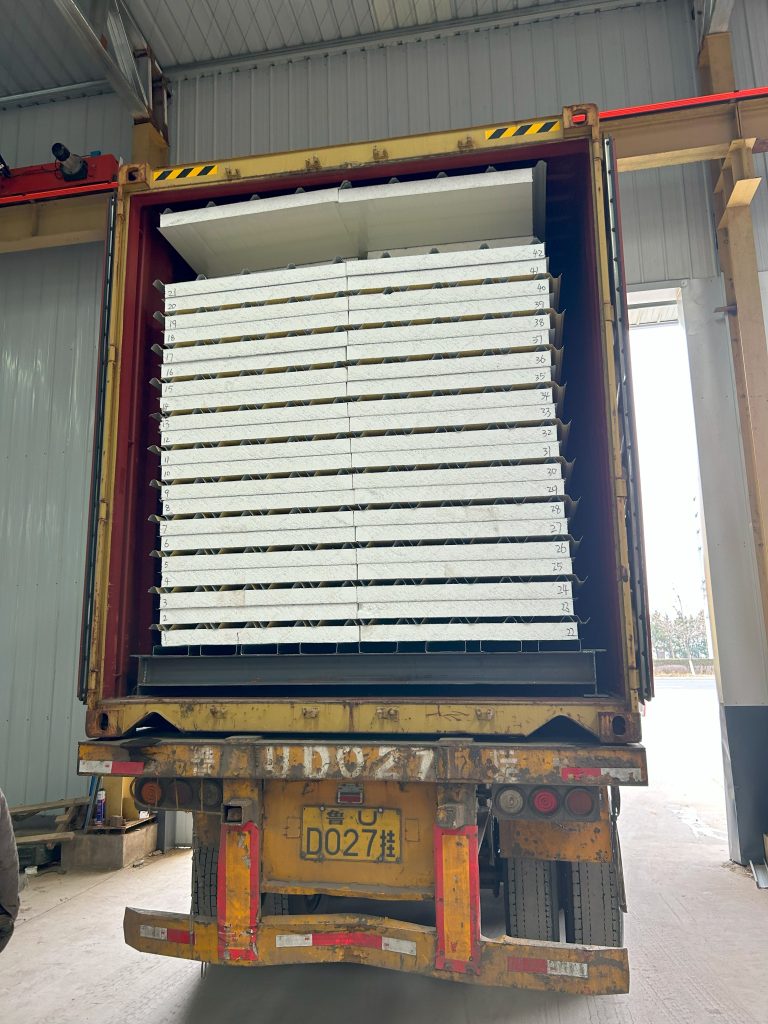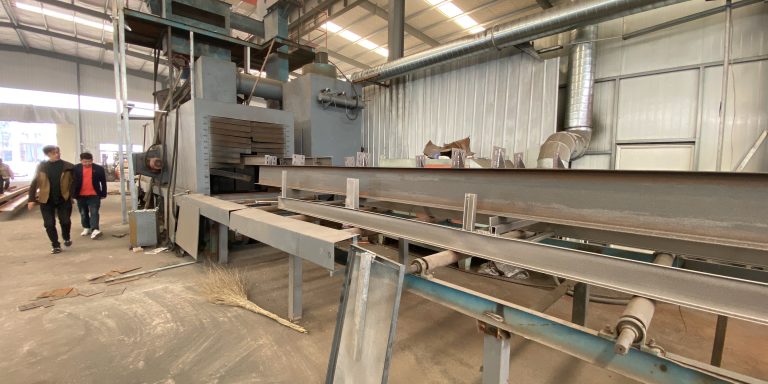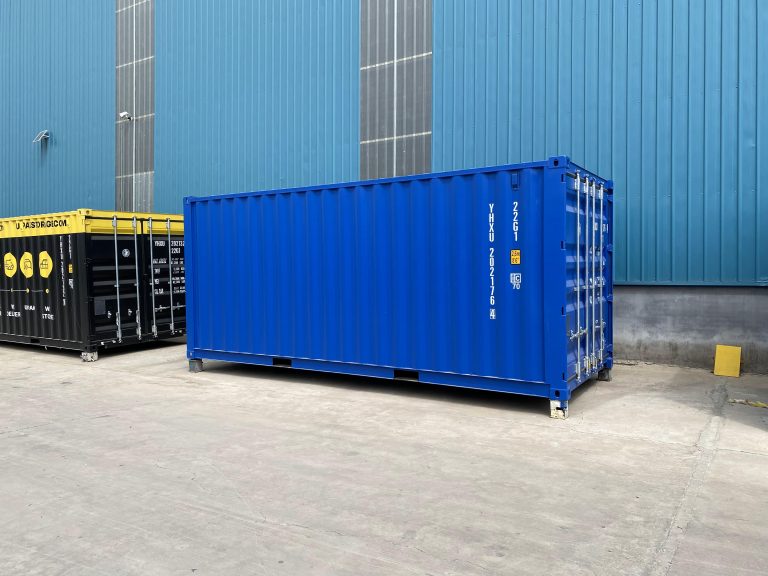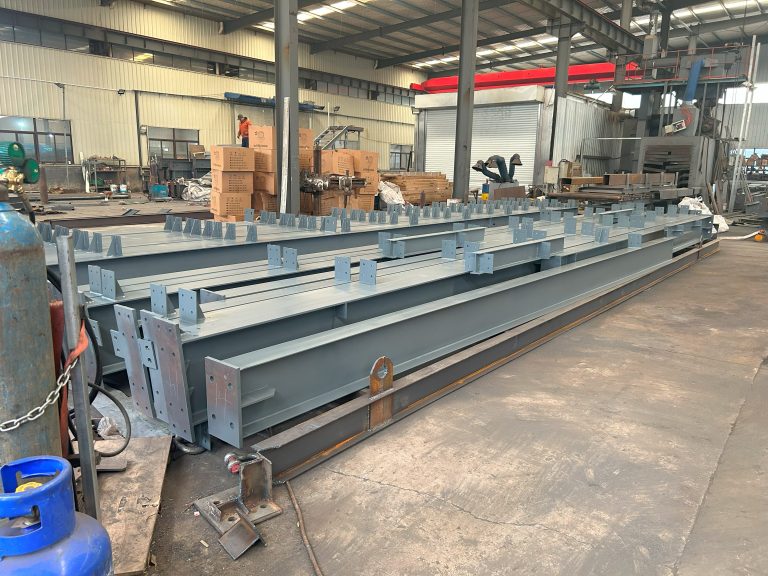Seismic ground liquefaction design of steel structure
Table of Contents
Seismic Ground Liquefaction: Understanding the Basics
Seismic ground liquefaction is a phenomenon that occurs during earthquakes when saturated soil loses its strength and stiffness, causing it to behave like a liquid. This can have devastating effects on structures built on or near liquefiable soils, leading to significant damage and potential collapse. In order to mitigate the risks associated with liquefaction, engineers must carefully design structures to withstand the forces generated by this natural disaster.
One common approach to designing structures for seismic ground liquefaction is to use steel as the primary building material. Steel is known for its strength and ductility, making it an ideal choice for withstanding the lateral forces and ground movements that occur during an earthquake. When designing a steel structure for seismic ground liquefaction, engineers must consider a number of factors to ensure its safety and stability.
One key consideration in the design of a steel structure for seismic ground liquefaction is the selection of appropriate materials and construction techniques. Steel members must be carefully chosen to meet the required strength and ductility criteria, and connections between members must be designed to withstand the dynamic forces generated by liquefaction. Additionally, the foundation of the structure must be designed to prevent settlement and ensure stability during an earthquake.
Another important factor to consider in the design of a steel structure for seismic ground liquefaction is the use of proper seismic design codes and guidelines. These codes provide engineers with the necessary criteria and procedures for designing structures that can withstand the forces generated by liquefaction. By following these codes and guidelines, engineers can ensure that their structures are safe and resilient in the event of an earthquake.

In addition to material selection and seismic design codes, engineers must also consider the site-specific conditions when designing a steel structure for seismic ground liquefaction. Factors such as soil type, groundwater levels, and proximity to fault lines can all impact the behavior of the soil during an earthquake. By conducting thorough site investigations and soil testing, engineers can better understand the risks associated with liquefaction and design structures accordingly.
One common method used to mitigate the risks of seismic ground liquefaction is the use of ground improvement techniques. These techniques involve modifying the soil properties to increase its strength and reduce the likelihood of liquefaction. Methods such as compaction, grouting, and soil mixing can all be used to improve the stability of the soil and reduce the risks to structures built on top of it.
Overall, designing a steel structure for seismic ground liquefaction requires careful consideration of a number of factors, including material selection, seismic design codes, site-specific conditions, and ground improvement techniques. By taking these factors into account and working with experienced engineers and geotechnical experts, it is possible to design structures that are safe, resilient, and able to withstand the forces generated by liquefaction. In doing so, we can help protect lives and property in the event of an earthquake and ensure the long-term safety and stability of our built environment.
Design Considerations for Steel Structures in Seismically Active Areas
Seismic ground liquefaction is a phenomenon that can have devastating effects on structures, particularly in seismically active areas. When the ground beneath a structure loses its strength and stiffness due to the shaking of an earthquake, it can behave like a liquid, causing the foundation of the structure to sink or tilt. This can lead to structural failure and collapse, posing a significant risk to the safety of occupants.
In order to mitigate the risks associated with seismic ground liquefaction, engineers must carefully consider the design of steel structures in seismically active areas. Steel is a popular choice for construction in earthquake-prone regions due to its strength and ductility, which allow it to withstand the forces exerted during an earthquake. However, even steel structures are vulnerable to the effects of liquefaction if proper design considerations are not taken into account.
One of the key factors to consider when designing a steel structure in a seismically active area is the foundation. The foundation of a structure is crucial in providing stability and support, especially during an earthquake. In areas prone to liquefaction, engineers must ensure that the foundation is designed to resist the lateral spreading and settlement that can occur when the ground liquefies. This may involve using deep foundations, such as piles or caissons, to reach more stable soil layers below the liquefiable zone.
Another important consideration in the design of steel structures in seismically active areas is the use of seismic bracing systems. These systems are designed to provide additional lateral support to the structure, helping to dissipate the forces generated by an earthquake. In areas prone to liquefaction, it is essential that these bracing systems are designed to withstand the potential ground movements that can occur during liquefaction. This may involve using flexible bracing systems that can accommodate the lateral displacements caused by the liquefied ground.
In addition to foundation design and seismic bracing systems, engineers must also consider the overall structural design of the steel building. This includes ensuring that the building is designed to be ductile and flexible, allowing it to deform and absorb energy during an earthquake. This can help to prevent brittle failure and collapse, even in the event of liquefaction-induced ground movements.
Furthermore, engineers must consider the potential effects of liquefaction on the surrounding site conditions. Liquefaction can cause significant changes to the ground surface, including settlement, tilting, and lateral spreading. These changes can affect not only the structure itself but also the surrounding infrastructure, such as roads, utilities, and drainage systems. Engineers must take these factors into account when designing steel structures in seismically active areas, ensuring that the entire site is resilient to the effects of liquefaction.
In conclusion, the design of steel structures in seismically active areas must take into account the risks associated with seismic ground liquefaction. By carefully considering factors such as foundation design, seismic bracing systems, structural flexibility, and site conditions, engineers can help to mitigate the potential impacts of liquefaction on steel structures. This can help to ensure the safety and resilience of buildings in earthquake-prone regions, protecting both occupants and infrastructure from the devastating effects of liquefaction-induced ground movements.

